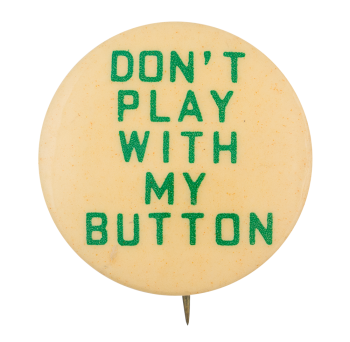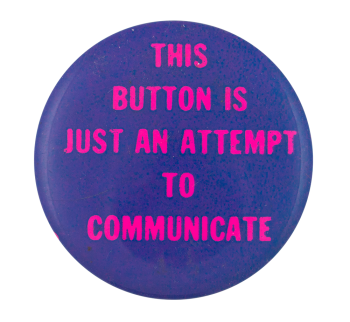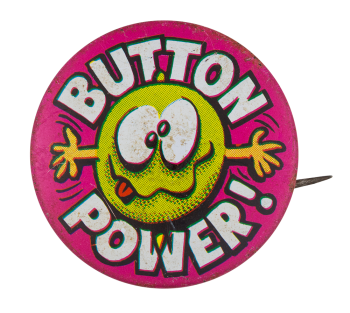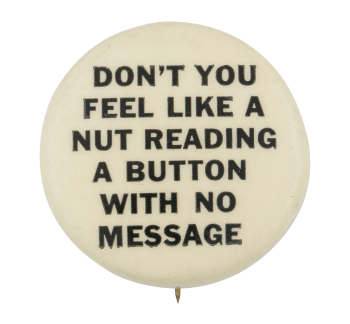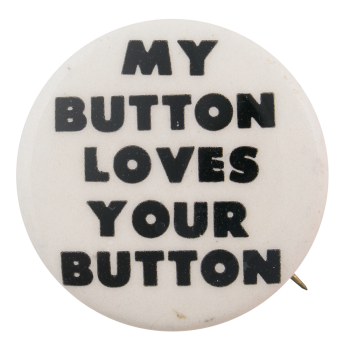Friday Is Button Day
| Category | |
|---|---|
| Additional Images | |
| Sub Categories | |
| Text on Button | Oh, and this Friday is going to be Button Day so if you want to, you can go ahead and wear jeans and this button on Friday |
| Image Description | Black text on light blue background. |
| Curl Text | © Marchizmo Inc. |
| Back Style | |
| The Shape | |
| The Size | |
| Year / Decade Made | |
| The Manufacturer | |
| Additional Information | The button text is a playful adaptation from the 1999 comedy film Office Space, where the boss, Bill Lumbergh, tells his employees that Friday will be Hawaiian shirt day: This button was manufactured by the Busy Beaver Button Co. |
| Catalog ID | SR0017 |







